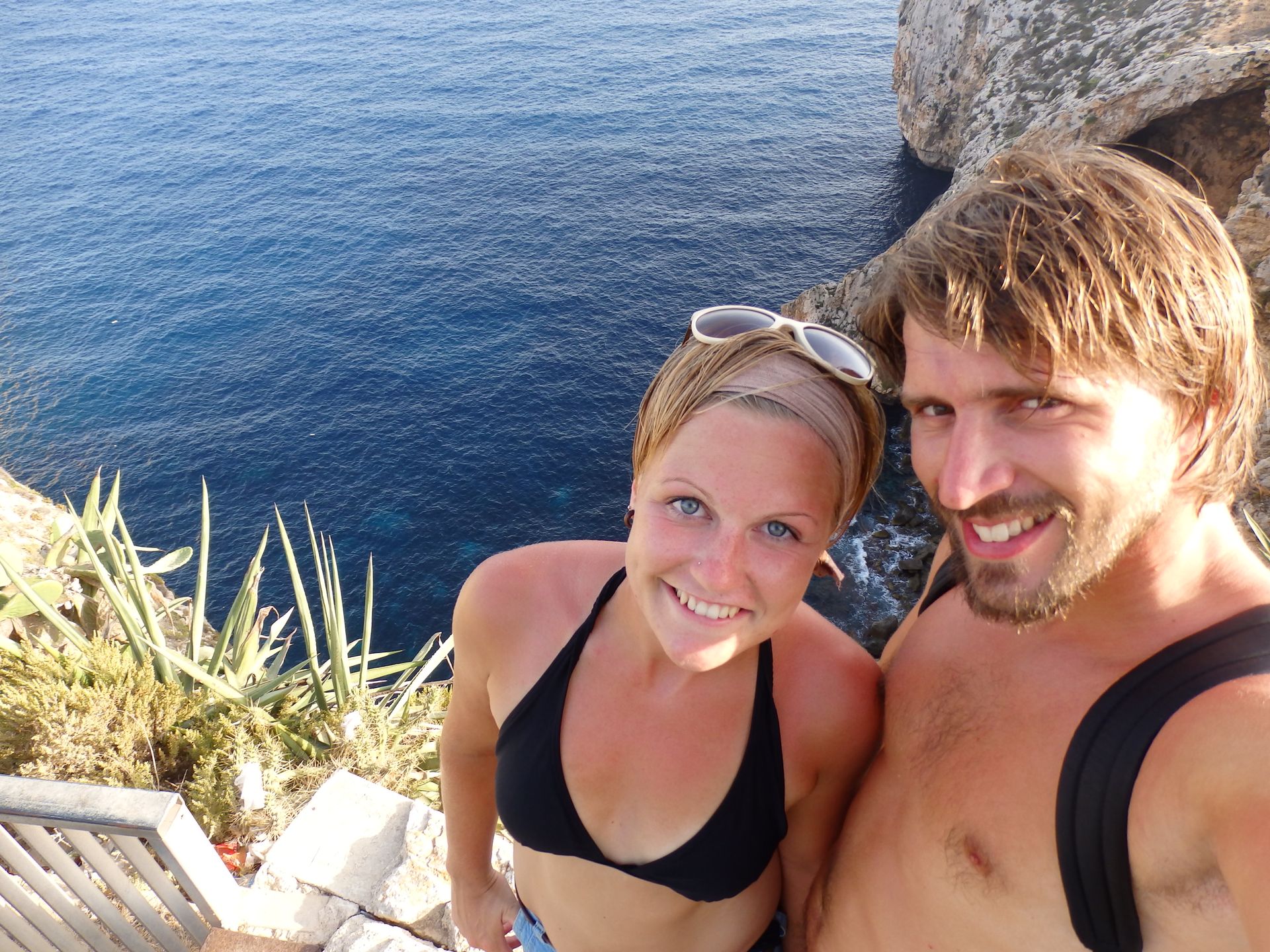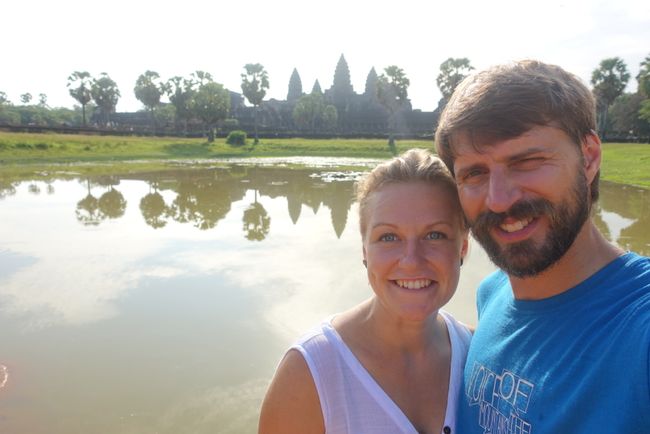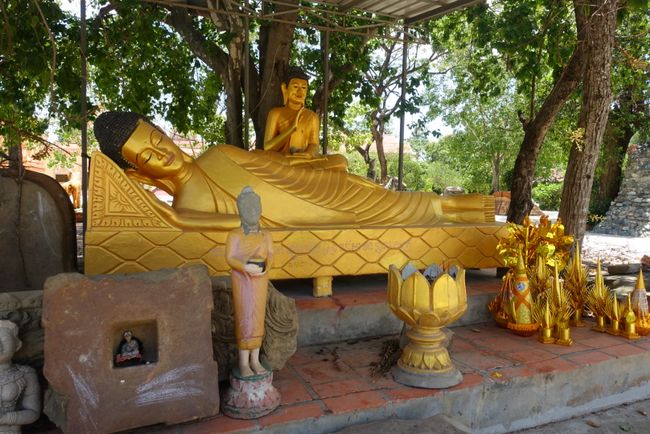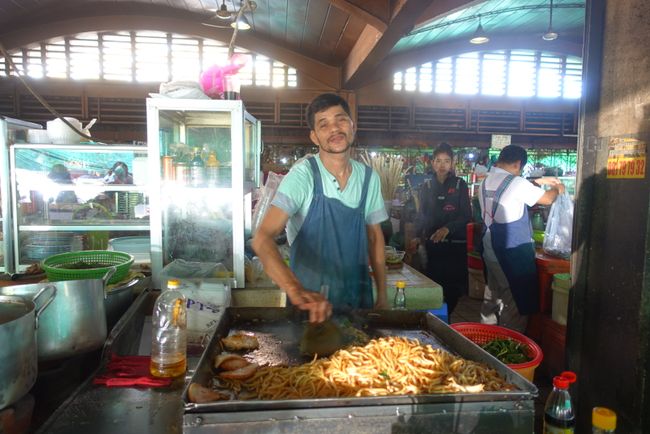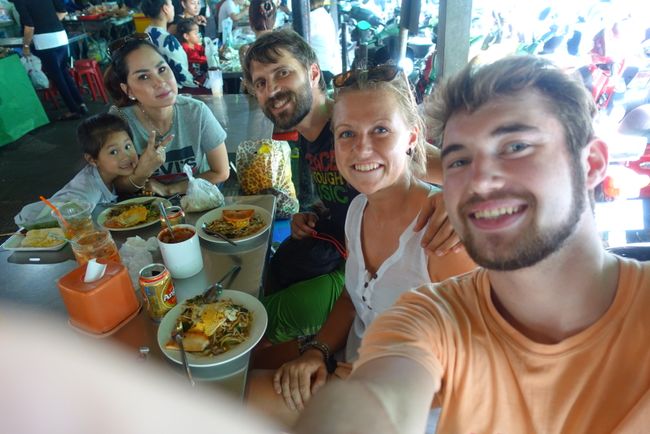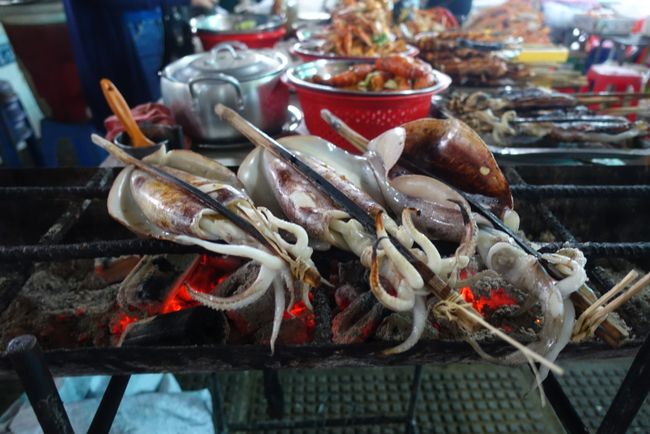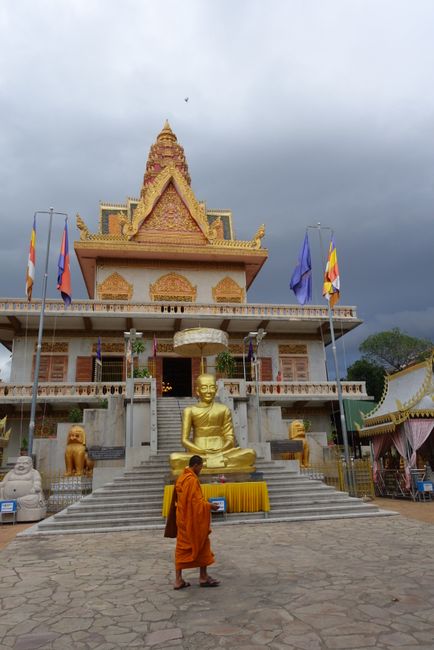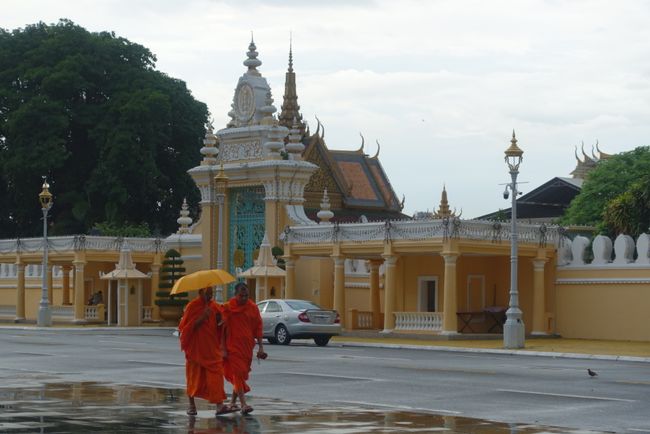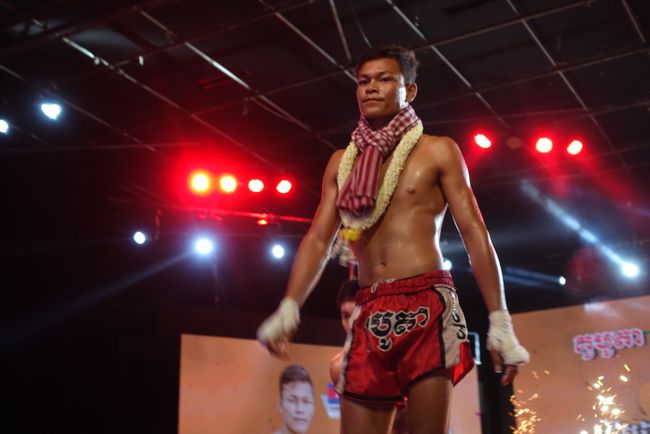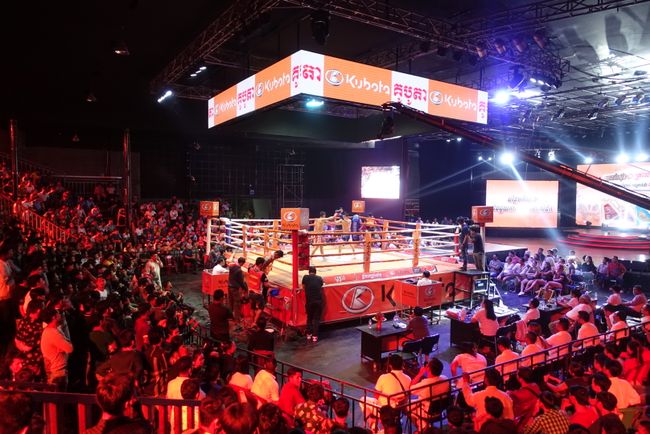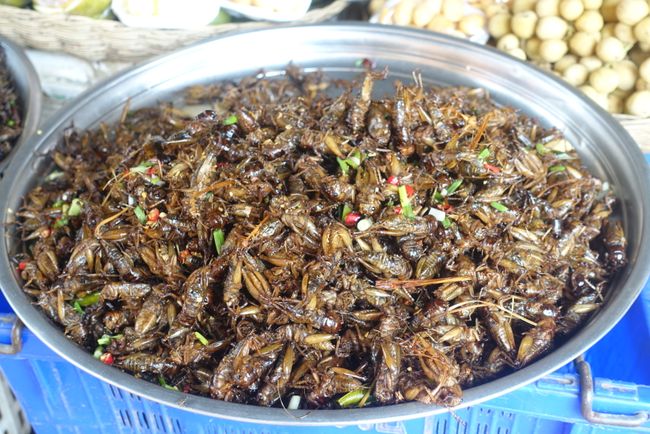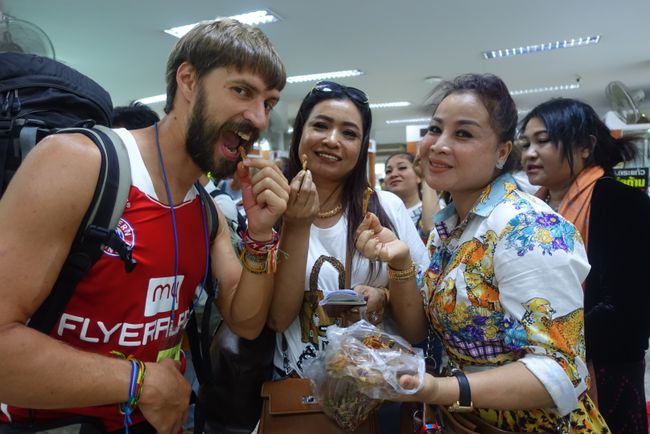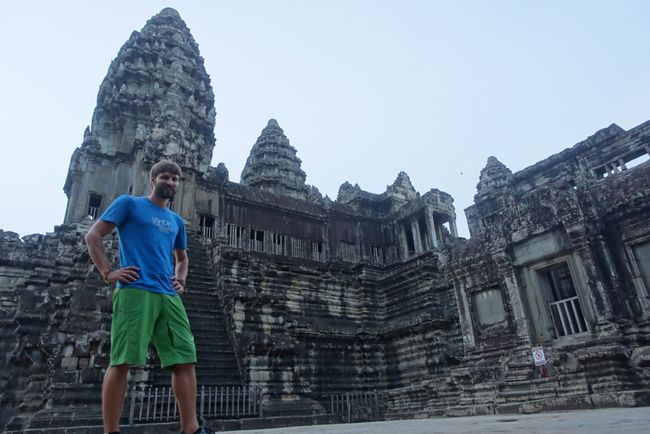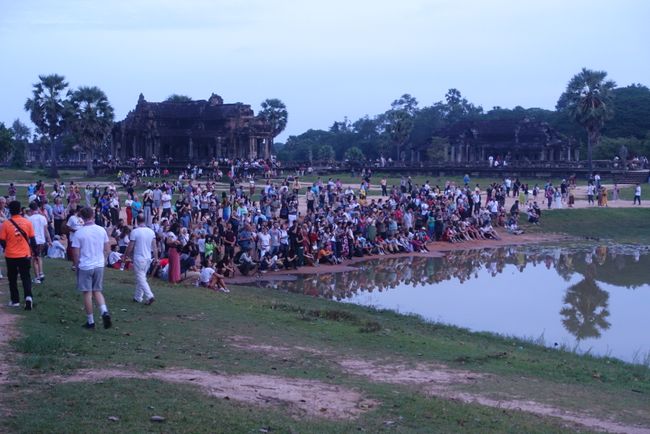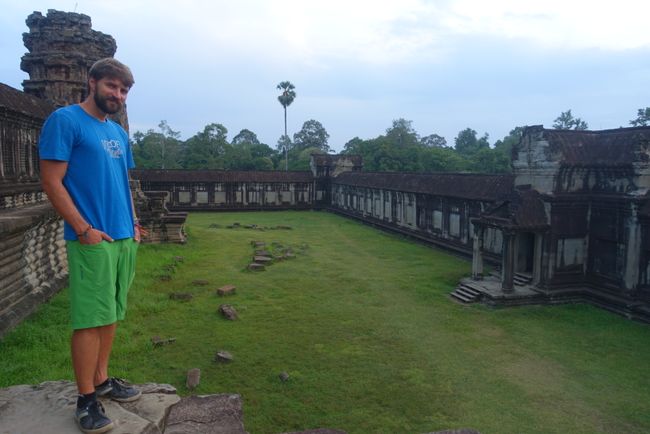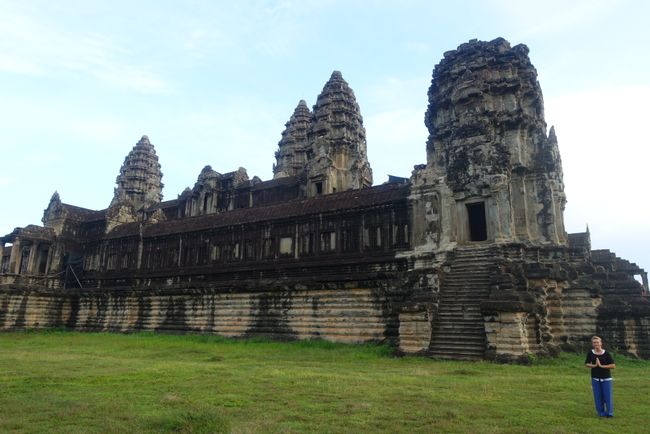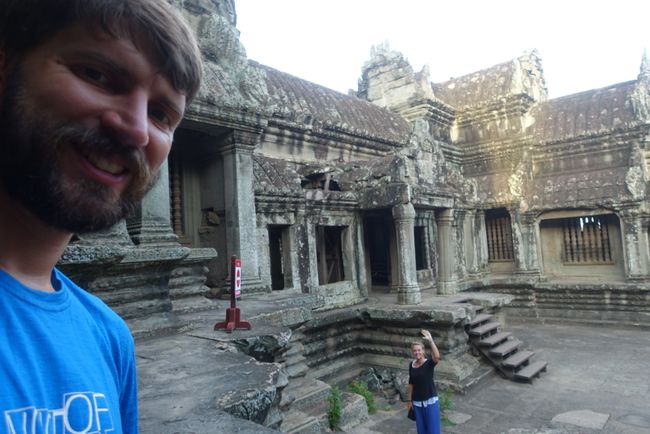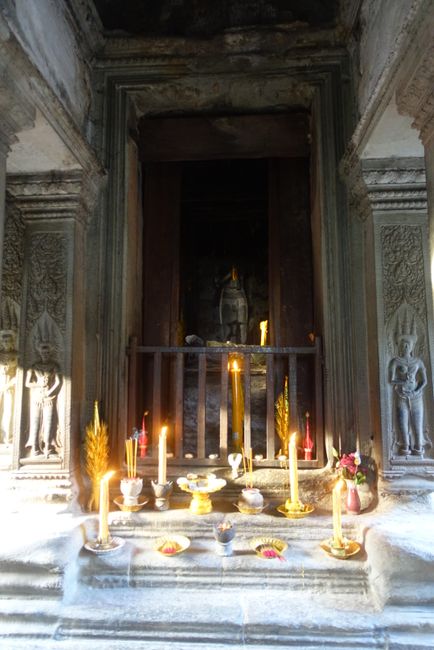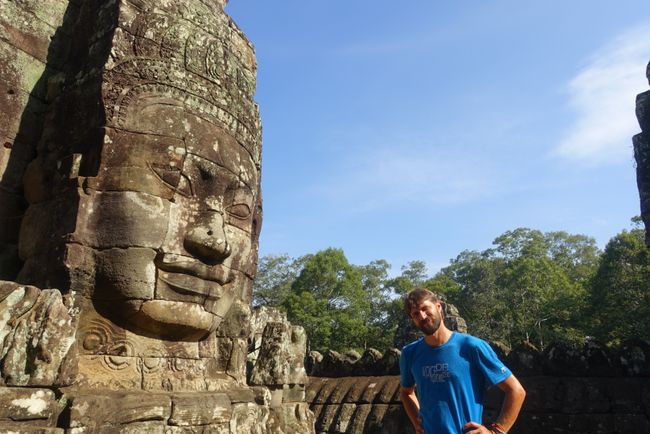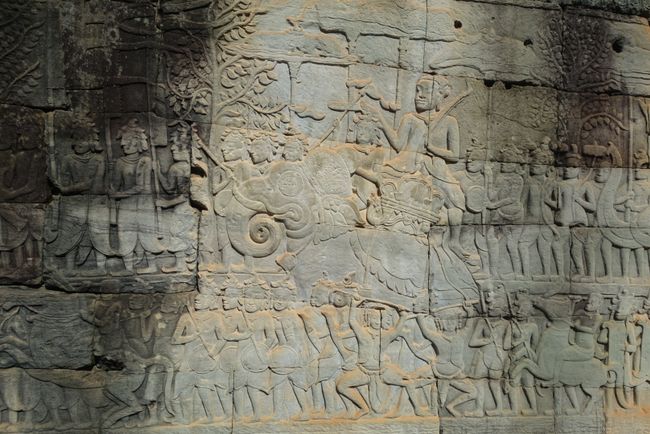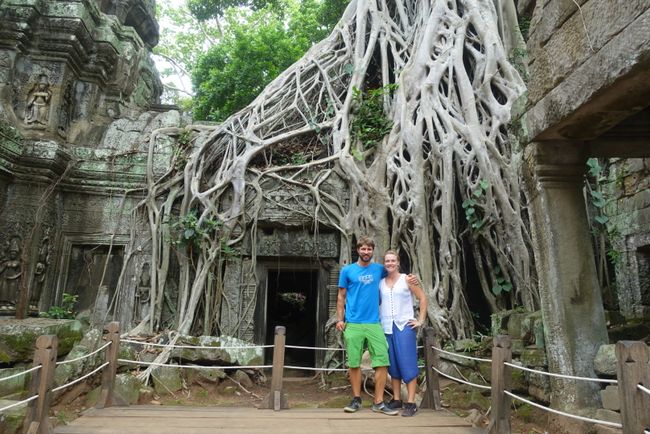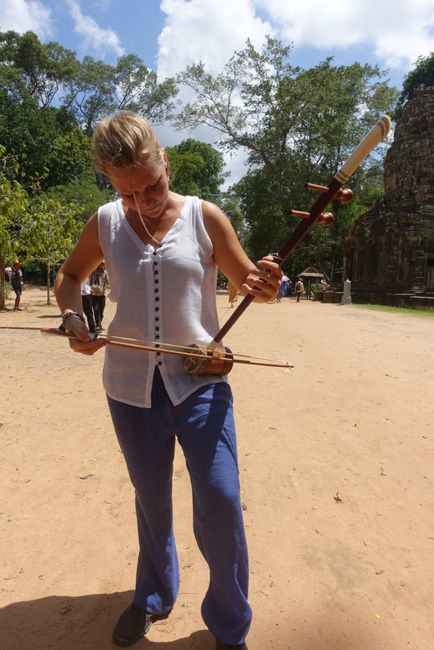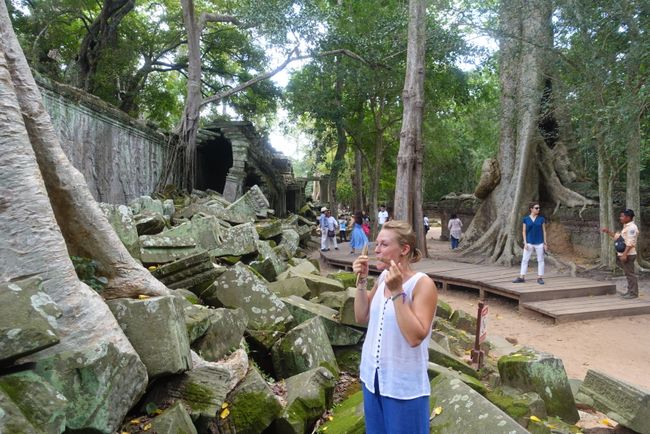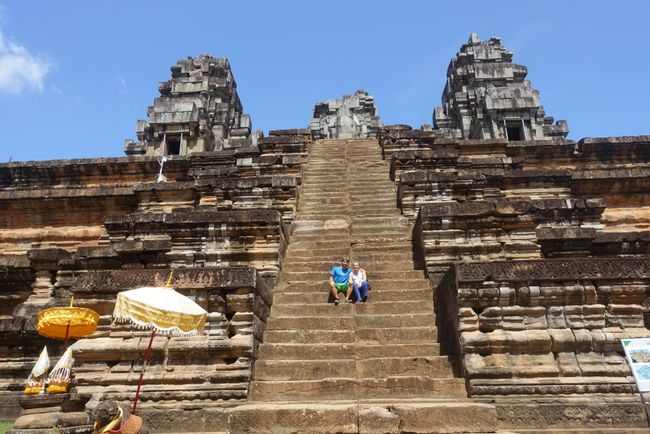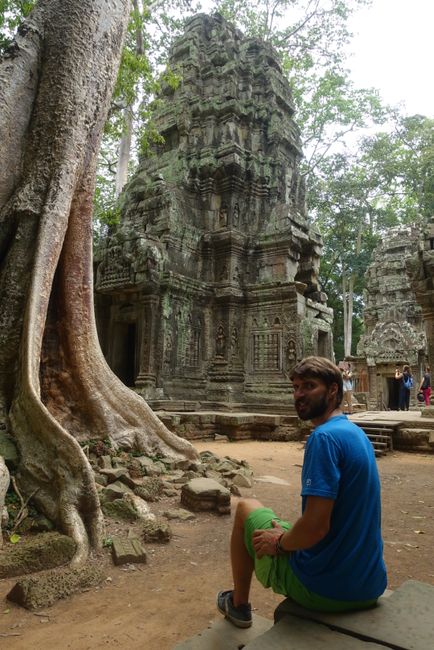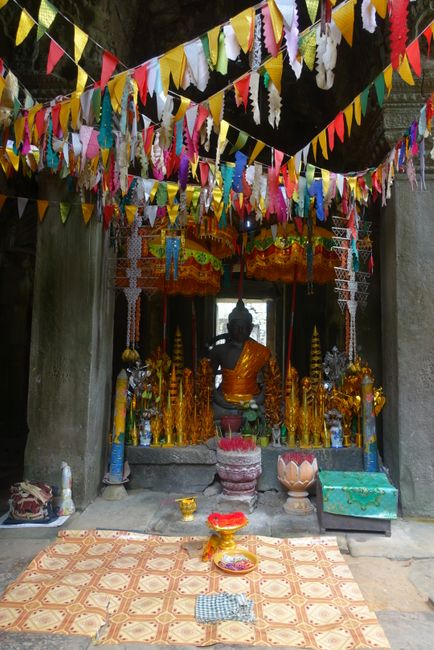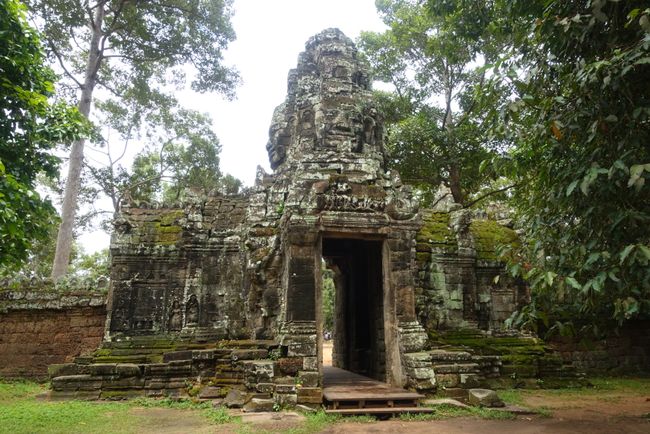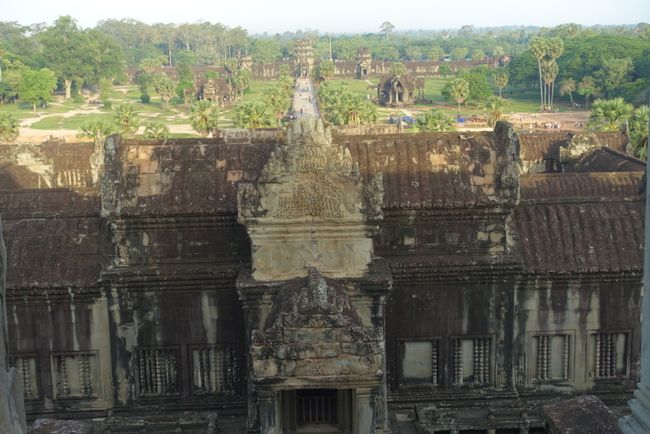Cambodia
Eldonita: 08.08.2019
Abonu al Informilo
Just like for the south of Vietnam, we also didn't spend much time in Cambodia as our vacation, hard to believe, was slowly coming to an end! We reached the port of Phnom Penh, the capital of Cambodia, by boat. The contrast to the big city in Vietnam was enormous! The golden Royal Palace shimmered in the sun, the traffic was (in Asian standards) calm, and we weren't constantly harassed by anyone...
In Phnom Penh, we only stayed for two days, but they were eventful! Cambodia also suffered from the Vietnam War, as one of the Viet Cong's main supply routes went through Laos and Cambodia. Because of this, large parts of the country were hit by American bombing, and as if the Vietnam War wasn't enough, in XXX the so-called Khmer Rouge overthrew the government to establish a two-year reign of terror that was unprecedented. *What I am about to write is a horrific account of the atrocities committed by the Khmer Rouge. This paragraph can be skipped to continue with the temples of Angkor Wat!* After the communist Khmer Rouge seized power, all cities were depopulated within a few hours to force their inhabitants, who were considered counterrevolutionaries, to perform slave labor in agriculture. With only one bowl of rice a day, people were forced to toil in the rice fields for up to 16 hours. The use of machinery was considered counterrevolutionary, and owners of such machinery were immediately sentenced to death. Intellectuals were persecuted and killed, simply wearing glasses was a death sentence for many people, as wearing glasses was seen as a sign of being educated and an enemy of the peasants, who were referred to as the "old people." The leader of the Khmer Rouge, Pol Pot, who was educated as a teacher in France, systematically persecuted and killed all teachers, professors, doctors, engineers, etc. Reading was banned for the people, and there were no more media outlets except for the regime's propaganda. For a long time, very little information about the terrible conditions in Cambodia reached the outside world, and it wasn't until after the end of the Khmer Rouge's reign that the extent of the genocide against the Cambodian population became visible. In the West, it was only through the film "Killing Fields" by ..., who visited the location, that the events in Cambodia between ... became known. In memory of the victims, the so-called Killing Fields and the horrific torture prison S-21 have now been turned into museums and memorial sites, serving as a reminder for future generations. We visited both of these places; the atrocities described there are indescribable and beyond words. In the S-21 prison, there is a large gallery of photographs of people who were just being brought into the prison. The eyes of the photographed express complete hopelessness and despair, and the stories of the only seven survivors leave us speechless due to the horror of the brutal and inhuman torture methods (who could come up with such things?!?). The prisoners accused themselves of unimaginable crimes they had never committed just to put an end to the torture. Those who confessed to a crime were transported to one of the Killing Fields in livestock trucks at night. Most of them only survived a few hours there, as there was not much space for the living, and they were not willing or able to provide them with food and water, so the condemned to die were soon killed. To save ammunition, they were beaten to death with bamboo sticks, iron bars, or swords, infants and children were smashed against a large tree before being thrown into a mass grave with their raped and beaten mothers. In recent years, all skulls and bones of the victims have been painstakingly excavated and preserved to be displayed in a large memorial stupa. This now allows family members to mourn and the deceased to find peace.
After visiting the museums, we returned to our hostel deeply shocked and moved. We read a bit more about the facts and learned that most of the leaders of the regime never faced punishment, which honestly made us angry!
The communist Khmer Rouge banned all religious practices, which is why many of the once magnificent Buddhist temples of the proud Cambodian people disappeared into the jungle, which will probably never release them again. However, one temple complex is still very well preserved and is now a World Heritage Site:
Angkor Wat
From Phnom Penh, we took a bus to Siem Reap to see the famous temple of Angkor Wat at sunrise the next day. Countless tourists had the same idea as us, and there was quite a struggle for the best spots to capture the perfect photo. The fight for a good spot turned out to be unnecessary: due to cloud cover, there was no golden glow during sunrise, and we couldn't help but smile at the futile efforts of the Instagram tourists ;) as we didn't expect the clouds to clear anytime soon, we soon headed into the temple grounds and were impressed by the many decorations on the walls, the massive towers, the statues, and the overall size of the structure! Standing there, you feel very small, and it's as if you can sense a special aura as you walk through the corridors towards the altars and gilded statues.
After about three hours, we returned to our tuk-tuk, whose driver patiently waited for us all day, and continued on to the temples of Angkor Thom, Bayon, Ta Keo, Ta Prohm, Banteay Kdei, and Bat Chum. The jungle is already starting to reclaim some of the temples, and we felt like Indiana Jones as we strolled through the temple ruins, where thick roots are slowly engulfing the stone walls. Due to the bright sunshine and 40°C heat, we were quite exhausted in the evening, but also impressed by the structures we had seen. We took a day of rest in Siem Reap before taking a bus to Bangkok, Thailand. From there, we would fly to Dhaka, Bangladesh the next day.
Abonu al Informilo
Respondu
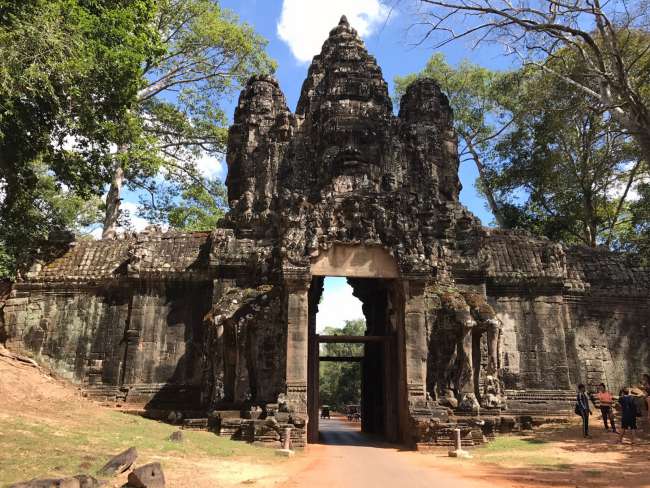
Vojaĝraportoj Kamboĝo
